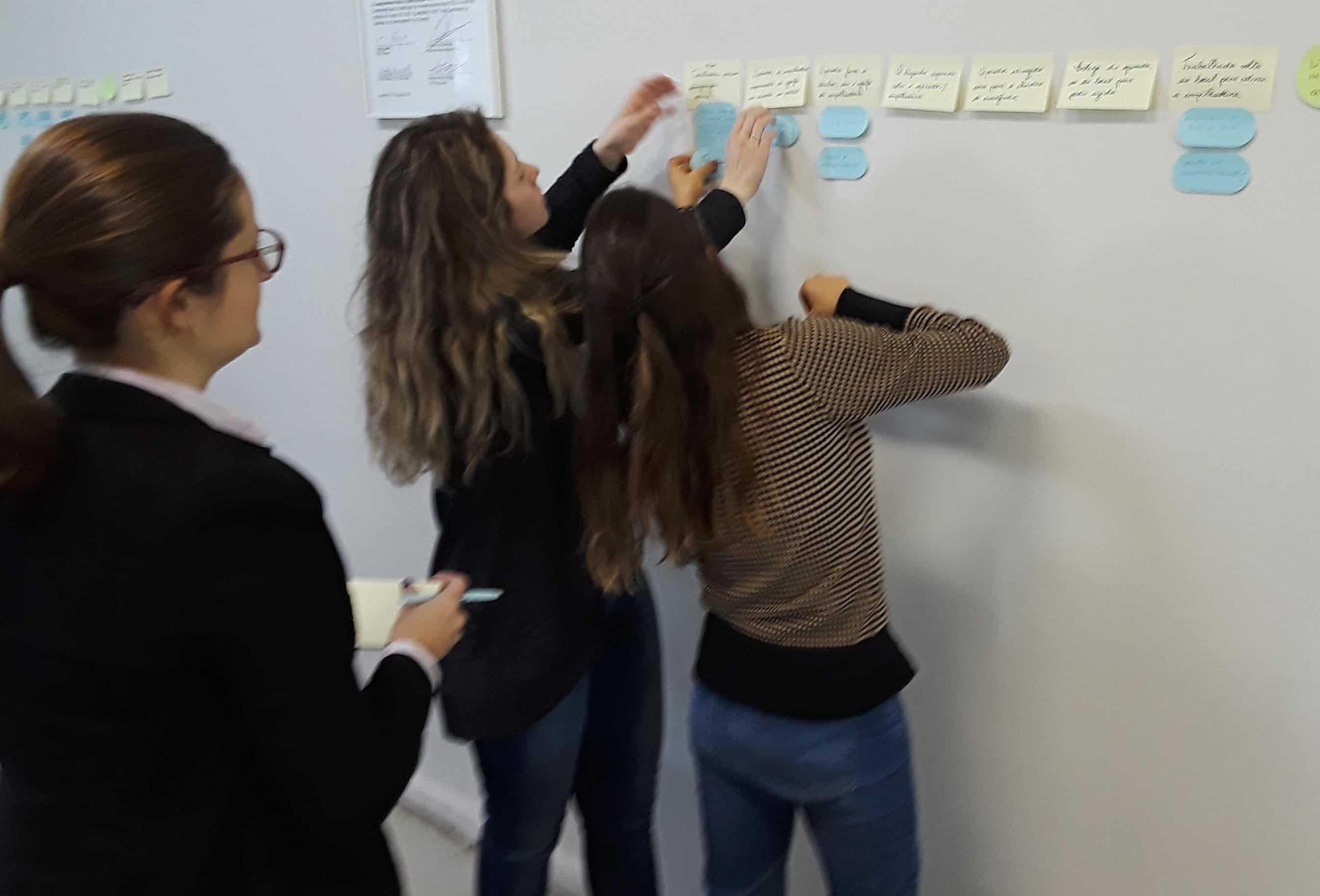Food Safety and Root Cause Analysis

Can Advanced Root Cause Analysis Help Improve Food Safety?
Let’s cut the suspense. Advanced root cause analysis can help you improve food safety.
How do you know that I am right? Read on for three ways to tell…
1. Experts Say So…
In an article on the Pew Trust web site, three experts said the following about applying root cause analysis:
“Root cause analysis provides a framework for tying together the bits and pieces —behavioral, environmental, food—and finding sustainable paths to improve contamination prevention. What I love is that you can use it at any point in the farm-to-fork continuum. It works in food service businesses and food manufacturing and on the farm. You just have to pull in different disciplines. That’s powerful, the potential to bring in specialists in water and irrigation or food manufacturing and processing. To borrow terms from the emergency management field, RCA is both modular and scalable.”
John Tilden, Michigan State University’s online food safety program“If we don’t go into a food safety situation looking to find the root cause, how can we expect to fix it? Finding root causes and developing meaningful interventions to stop similar problems from occurring multiplies the impact of other oversight activities, from routine inspections to outbreak investigations.”
Steve Mandernach, Executive Director of the Association of Food and Drug Officials“I’ve encouraged people to use root cause processes in outbreaks, because if they do, they end up taking a broader thought process to their routine regulatory work too.”
Jack Guzewich, Food and Drug Administration’s outbreak investigation and response office leader from 1997 until 2011
So, the experts are in agreement, you should be applying root cause analysis to improve food safety! Plus an FDA Report recommends it…
2. The FDA Says So…
In an investigation of the Fall 2019 romaine lettuce foodborne illness outbreak, the FDA recommended that greens growers:
- Perform a root cause analysis when a foodborne pathogen is identified in produce and/or the growing environment.
The FDA says that their focus in response to an outbreak includes:
“…follow-up surveillance, advancing traceability and root cause analyses, and improving outbreak and recall communications.”
That’s good regulatory guidance.
3. Try It and See…
Whenever someone asks me if TapRooT® Root Cause Analysis will work on their problems, I tell them that it will. But I suggest that the best way to see is to try it and see how it works to correct food safety issues.
What could be better than trying TapRooT® Advanced Root Cause Analysis and seeing what it could do for you?
To make it so that you should have no worries trying TapRooT® Root Cause Analysis, we offer this simple guarantee:
Attend a course, go back to work, and use what you have learned to analyze accidents, incidents, near-misses, equipment failures, operating issues, or quality problems. If you don’t find root causes that you previously would have overlooked and if you and your management don’t agree that the corrective actions that you recommend are much more effective, just return your course materials and we will refund the entire course fee.
How can we offer this guarantee? Because we know that TapRooT® RCA will help you find real, fixable root causes and develop improved corrective actions to stop food safety problems. Once you try TapRooT® Root Cause Analysis, you will see the great value it brings to your food safety improvement efforts.

That’s It!
Three recommendations (or ways to tell) that root cause analysis will help you improve food safety.
So what should you do next? Attend the best root cause analysis training … TapRooT®.
What course should you attend?
The 2-Day TapRooT® Root Cause Analysis Course teaches the essential techniques you need to investigate low-to-medium risk incidents. See more information about the course here:
https://www.taproot.com/course/2-day-taproot-root-cause-analysis-training/
The 5-Day TapRooT® Advanced Root Cause Analysis Team Leader Training covers all the material in the 2-Day TapRooT® Course PLUS the techniques needed to investigate higher risk incidents. The skills include the optional TapRooT® Techniques, investigating human errors, interviewing and evidence collection, and much more. Get more information about this training at this link:
https://www.taproot.com/course/5-day-taproot-advanced-root-cause-analysis-team-leader-training/
When and where are we holding public courses? See our schedule of courses around the world HERE.
Would you like to hold a course at your site? Get a quote for on-site training by CONTACTING US.
Don’t wait for a major foodborne illness outbreak. Get registered for TapRooT® Training today so you can prevent problems before they become major headaches (or stomachache).




